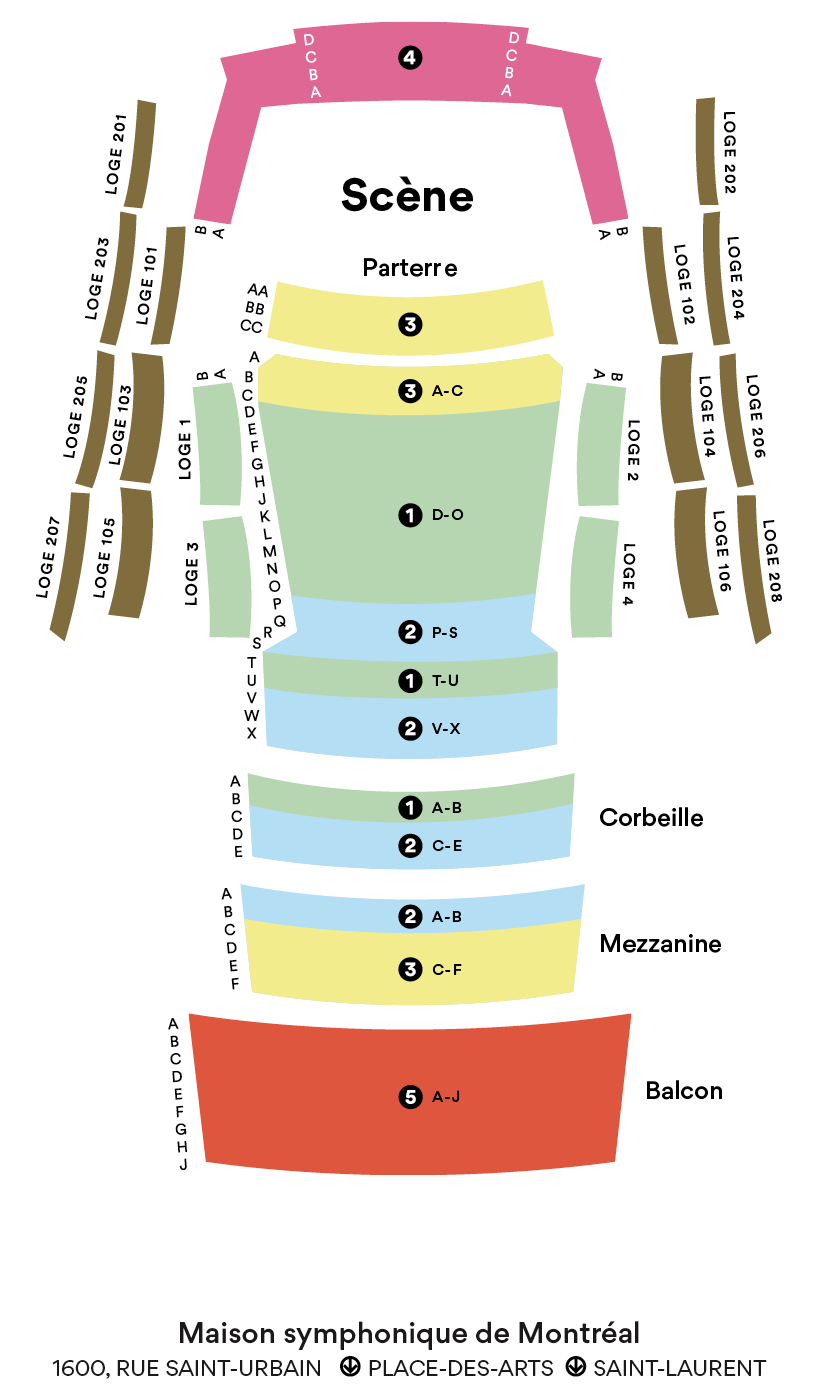Symphony n 1
SCHUMANN
1810-1856
In 1834, Robert Schumann fell hopelessly in love with Clara—the daughter of his piano teacher Friedrich Weick—a prodigy who went on to have a brilliant career as a pianist. He was 24 years old at the time and she was only 13. They married six years later after a legal battle.
Wieck was strongly opposed to their union, but Schumann took the issue to court and ultimately won the right to marry Clara despite her father’s resistance.
At the time, Schumann was determined to write his first major symphony. He was inspired to compose a symphony after listening to Franz Schubert’s Symphony in C major, “The Great,” a few years earlier. The symphonic form was a bit like the Mount Everest of composition—due to its length, the number of instruments and stylistic rules (which were numerous at the time), symphonies were an elite sport.
Schumann got to work in January 1841, one year after his marriage and the birth of his first daughter. The first draft was complete in just 4 days. In a few weeks, the symphony was finished. Initially, Schumann gave a title to each movement: “The Beginning of Spring” – “Evening” – “Merry Playmates” – “Spring in Full Bloom.” However, he withdrew the titles before publication, fearing that they would influence the listener’s interpretation.
Suggested Gallimard readings to enhance your experience:
Journal intime, Robert Schumann et Clara Schumann, Buchet Chastel
Printemps enchanté : récits et nouvelles de jeunesse, Rainer Maria Rilke, Rivages
Spring in four stages
The introduction begins with a slow brass fanfare before leading into a quick and joyful allegro. The slow, lyrical second movement sounds like a love song, showcasing the melodic talent that Schumann developed during the previous year when he only composed for voice. At the end, trombones announce the uninterrupted transition to the third movement.
Within the energetic score of the scherzo are two faster trios, which makes the movement similar to a rondo, where three contrasting sections are presented and repeated (ABACA). The fourth and final movement brings back the bright and lively ambiance of the first movement. The piece ends with the entire orchestra speeding up to a grand and celebratory climax.
@Marilou Garon
